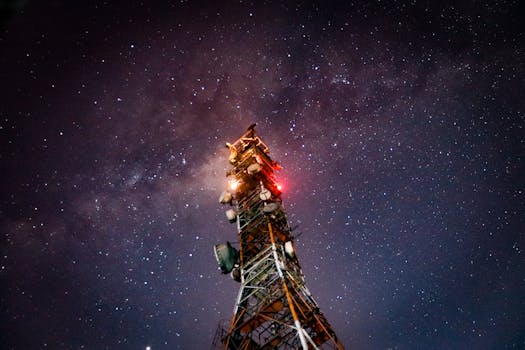
MEO Satellites: Revolutionizing Global Communications with Medium Earth Orbit Technology
MEO satellites, or Medium Earth Orbit satellites, are a type of satellite that operates in an orbit between 2,000 and 36,000 kilometers above the Earth’s surface. This orbit is significantly lower than the Geostationary Orbit (GEO) used by traditional satellites, which are approximately 36,000 kilometers above the equator. The lower orbit of MEO satellites provides several advantages, including reduced latency, increased bandwidth, and improved connectivity.
How MEO Satellites Work
MEO satellites work by transmitting and receiving data to and from Earth stations, which are located on the ground. The satellites use a combination of radio frequencies and optical communications to transmit data, which is then relayed to other satellites or to ground stations. MEO satellites are often used in constellations, which are groups of satellites that work together to provide global coverage. This allows for seamless handovers between satellites, ensuring that connections are maintained even when a satellite is no longer in view of the Earth station.
Benefits of MEO Satellites
The benefits of MEO satellites are numerous. One of the most significant advantages is the reduced latency compared to traditional GEO satellites. Because MEO satellites are closer to the Earth, the time it takes for data to travel to and from the satellite is significantly reduced. This makes MEO satellites ideal for applications that require real-time communication, such as video conferencing, online gaming, and financial transactions. Additionally, MEO satellites offer increased bandwidth, which enables faster data transfer rates and supports more users.
Applications of MEO Satellites
MEO satellites have a wide range of applications, including satellite communications, navigation, and remote sensing. They are used by governments, companies, and individuals to provide global connectivity, including broadband internet, mobile phone networks, and data services. MEO satellites are also used for navigation, such as GPS, and for remote sensing, which includes weather forecasting, Earth observation, and disaster monitoring.
Future of MEO Satellites
The future of MEO satellites is promising, with many companies and governments investing in the development of new constellations and technologies. One of the most significant trends is the development of mega-constellations, which are groups of thousands of satellites that will provide global coverage and support a wide range of applications. Additionally, the use of advanced technologies, such as 5G and quantum communications, will further enhance the capabilities of MEO satellites and support new use cases.



